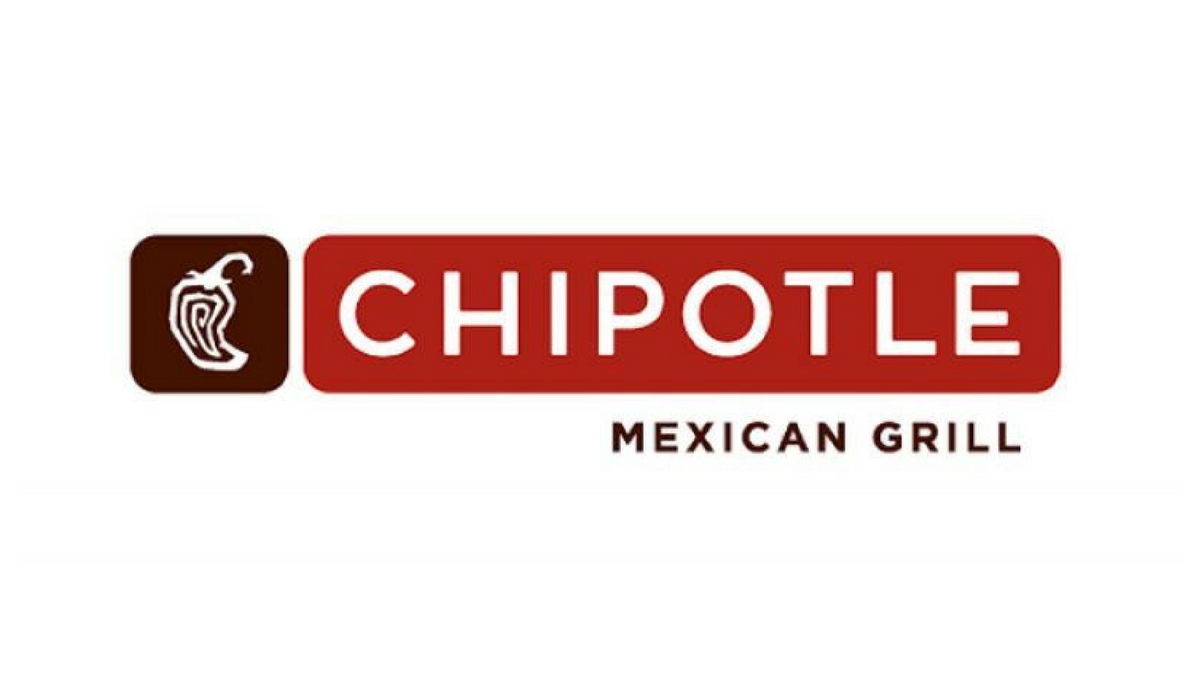Five strategies to optimize your feed efficiency
Annual profitability is almost always decided in the long, hot months of summer. As cattle try to beat the summer temperatures and still gain efficiently, the bottom line for producers is at stake. Take a look at these tips to ensure you are optimizing your feed efficiency for the second half of 2016.
1. Define “efficiency” appropriately
Choosing an exact and agreed upon definition for “efficiency” among producers is never easy. Should an efficient operation simply focus on increasing the output of carcass weight compared to days on feed? Or should metrics, such as overall cost of gain, feed conversion ratio or overall feed costs, play a more significant role in determining true profitability?
Though there will be disagreement among producers, there are two appropriate features constant in defining an efficient operation. The first is determining what exactly is the total sum of inputs needed to drive a specific output, and if that could be done better (the most basic definition of efficiency). Unfortunately, many of these may be unseen or unknown by a producer, such as more efficient management techniques, new technologies to implement or unforeseen environmental concerns, among many others.
The second part of an efficient operation is to ensure that current practices promote a viable and profitable system for the foreseeable future. Producing “efficiently” with diminishing returns in the long run only hurts the industry as a whole.
2. Use technology to manage your diet
Using technology to promote efficiency is a constantly growing opportunity for producers. At Alltech, recent developments in regard to in vitro fermentation have yielded encouraging news. The Alltech® In Vitro Fermentation Model (IFM) is a diagnostic tool that simulates rumen fermentation and evaluates the nutritional value of a total mixed ration in terms of digestibility and end products of fermentation.
Recently, demonstrations have been done using IFM to test the nutritive quality of pasture grasses in Florida. Test samples of grass were sent to the Alltech IFM lab in Brookings, South Dakota, and were tested both with and without the Alltech® Feed Efficiency technology, Fibrozyme®. Fibrozyme is a unique hemicellulose-degrading enzyme that enhances the rate of digestion in the rumen of beef cattle. The enzyme technology in Fibrozyme holds the key to unlocking challenges associated with fiber digestibility.
Functionally, what the IFM shows is that, when used in a ration, Fibrozyme can immediately begin breaking down the cell wall fraction of plant fiber in the rumen environment. This quick action jump-starts fiber digestion by providing bacteria with both easily available nutrients and easier access to other plant structures. These types of technologies and feeding models can help producers drive efficiency for their operations.
3. Know what lies ahead
2017 will be marked as a year of major changes in the beef industry. On Jan. 1, 2017, the Veterinary Feed Directive (VFD) will be implemented in the United States by the Food and Drug Administration to apply veterinary oversight to a broad range of products used in animal feed, such as antibiotics. The VFD will be implemented to promote the judicious use of antibiotics in an effort to safeguard public health by limiting the development of antibiotic resistance. This will restrict any antibiotic use for growth promotion or feed efficiency. Once the changes are in full effect, it will be illegal to use medically important antibiotics without a veterinary prescription and they will only be available for use to prevent, control or treat a specifically identified disease.
This is important to efficiency because, as cattle are placed either in feedlots or on pasture-based programs, certain technologies during their feeding cycle may be removed and their diet will change. These changes could affect efficiency in a negative way. Producers need to plan ahead and begin to look at alternative production methods that promote profitable efficiency in line with the VFD regulations.
4. Get more for your efforts
Efficiency doesn’t just mean getting the most from your cattle; it also means finding markets and opportunities that help you get the highest return on your investment. Be selective in choosing the best suppliers and accreditations. Know the expected return on investment and aggressively pursue these premiums for your cattle. Remember, feed represents up to 70 percent of your operations costs — make the most out of every dollar you spend.
Alltech recently partnered with Where Food Comes From, the parent company of IMI Global, and became their first Feed Verified partner. Fifteen Alltech technologies were verified through this program for clear, direct use in all verified natural, antibiotic-free, Non-Hormone Treated Cattle (NHTC), GAP certified and Non-GMO Project Verified programs. Producers using these technologies can now efficiently benefit from the premiums found from supplying cattle to the European Union or other specialty markets.
5. Continue to ask around!
Lastly, but certainly not least, continue to look around and ask questions on how production can be done better, especially in the hot summer heat when cattle stress is at its highest. At Alltech, we are taking these challenges head-on through a series of informative, free webinars for producers. Listen to a recording of our most recent webinar here, which focused on:
- Understanding how to spot the signs of heat stress in beef cattle.
- Learning how nutrition can impact heat stress.
- Implementing strategies to manage heat stress.
- Improving overall cattle performance.
For more information on these strategies, contact your Alltech representative or visit www.alltech.com/beef.
I want to learn more about nutrition for my beef cattle.

<script charset="utf-8" type="text/javascript" src="//js.hsforms.net/forms/v2-legacy.js"></script>
<![endif]-->
<script charset="utf-8" type="text/javascript" src="//js.hsforms.net/forms/v2.js"></script>
<script>
hbspt.forms.create({
portalId: "745395",
formId: "e4b8cd32-e447-42d0-8665-673f8d56b8fe"
});
</script>




















